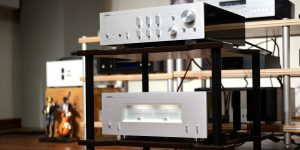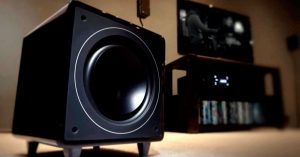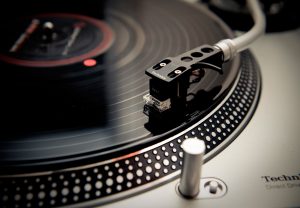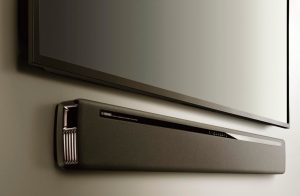A good home theater system is better than just a TV and a pair of speakers. It’s more like an entertainment hub for your living room and can also be the focal point of any party or get-together with friends. But how do you know if you’re getting the best sound? There are many different things to consider when choosing a surround sound system, but one factor that can’t be ignored is the quality of your speakers. This blog post will help you learn tips on improving your home theater surround sound!
Check your connection
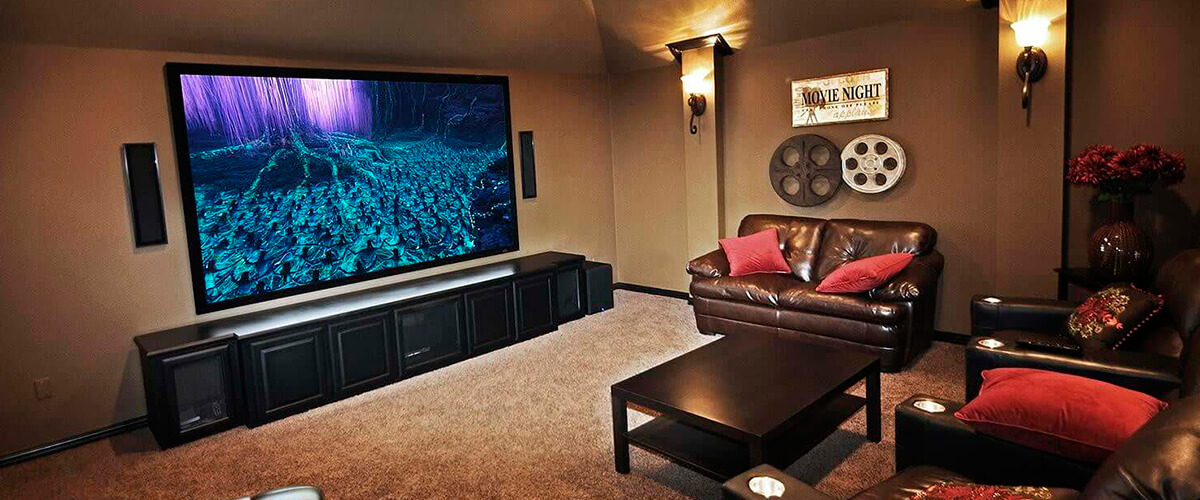
The first step to improve your surround sound is to make sure that the audio cables are connected properly. If you’re using a stereo cable, make sure it’s plugged into the red and white jacks on both ends. For HDMI connections, plug one end of an HDMI cable into the TV or receiver and then another end into your Blu-Ray player.
If you’re using a receiver or surround sound system, ensure the cables are properly connected to all of your speakers and subwoofer. If there are any loose connections, tighten them with either an Allen wrench or just by hand until they feel tight. Once everything is tightened up, plug in the power cords for your speaker systems and turn them on.
Once everything is powered up, make sure your speakers are set to the correct settings so that you can hear sound from each one individually. Use volume controls or bass and treble control knobs for this purpose. Once you’ve got a handle on how individual speaker adjustments sound when listening to low volumes, crank it up!
One way to improve your surround sound experience is to place the subwoofer away from a corner
You’ll find that the bass frequencies are more distinct and clear when it’s not bouncing off a corner or wall. This will also help with the placement of your speakers, as they won’t create an unpleasant sound pattern in your room.
Spending more on the subwoofer means you will get a better experience. Modern DSP-powered subwoofers can produce deeper tones, creating an engaging cinema sound experience. If you don’t have a subwoofer, you need to get one. Remember that a subwoofer is the foundation of any serious surround sound system.
Surround sound speakers placement
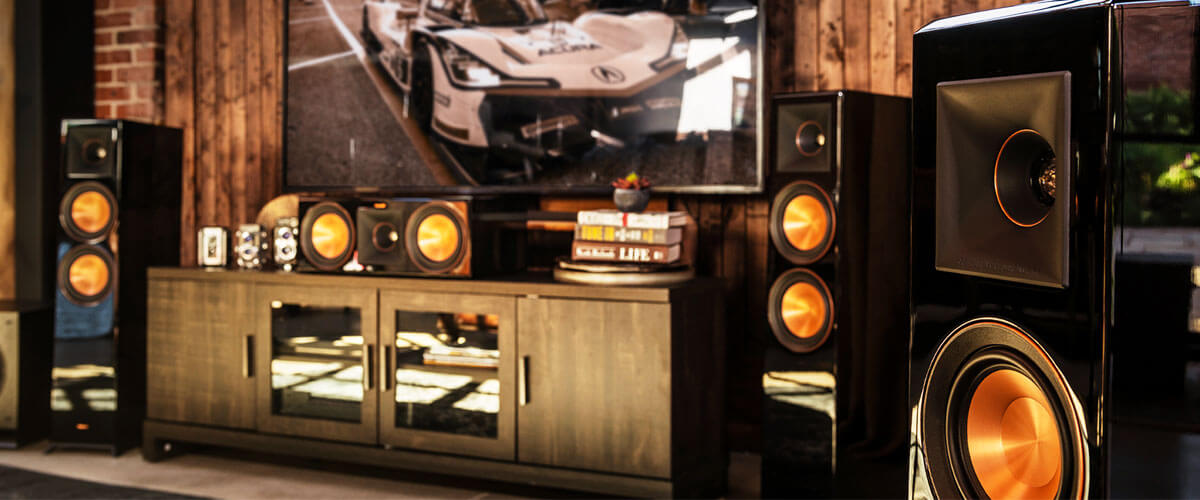
Place your speakers correctly if you want the best possible surround sound in your home theater. There are a few key rules and guidelines:
- Place no more than three feet from one another for optimal volume distribution. Your left speaker should be on the right side of your TV screen, while your right speaker should be on the left.
- Avoid placing speakers too close together as they can then interfere with one another’s sounds.
- Ensure that your speakers are at the same height to maintain a 360-degree sound.
Step away from the speakers a little bit further and look at how they are grouped together as part of a unified system. Are your surround speakers clustered back there? Consider moving them to the sidewalls, ideally about two feet above ear level. Doing so will increase the depth of sound and make ears feel “surrounded” or surrounded by noise.
To improve your surround sound in a larger room, consider adding another pair of speakers to the rear wall. If you have a 7.1-channel setup, make sure to check that any settings on your receiver are set appropriately for quad-polar surround sound. That way, crisp ambient sounds will be heard all around the room.
Advantages of available surround sound technologies
Home theater systems come with a range of surround sound technologies. Unfortunately, there is no right way to use these different types, so take your time figuring out what sounds best for you and start experimenting!
Dolby ProLogic II and other algorithms can take stereo, DTS-ES, Dolby Surround, and other source materials and improve it to 7.1 channel surround sound. With these effects, you’ll be able to catch hidden sounds as they appear in recordings and recreate a live session experience with rear or side surround speakers that would have been impossible with stereo.
Improve your center speaker
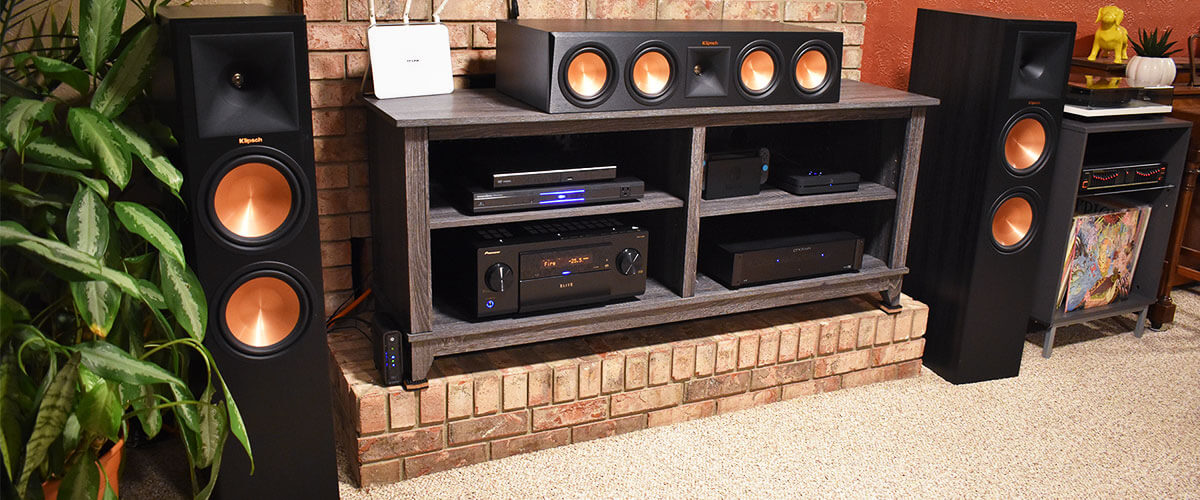
Neglecting the center-channel speaker can have a real negative effect on dialogue and lyric quality.
The best way to improve your surround sound is by matching the center channel’s tone and the surrounding speakers. To do that, you need to match the size and output of drivers among all three front channels.
You can also prioritize any bass or treble filtering as required on each independent speaker across the left, right, and center. The easiest way to do that is with a crossover filter.
This will ensure your center channel and surround speakers are as closely matched in tonal quality, which significantly improves the sound experience for you!
Сalibrate your audio system
You must calibrate your speaker system’s output for the most optimal sound output from your home theater surround sound system. This is a process of adjusting the volume level for each speaker so that there are no unexpected changes or fluctuations in sound quality.
First, calibrate your audio system, turn off all speakers, and unplug them from their power sources. Next, use a digital SPL meter to measure the decibel levels at different points within your room; these levels are usually the loudest, the average, and the quietest. After taking these readings, go to each speaker and adjust its volume level until it is set at a similar decibel rating as your other speakers.
For those who have sound systems with built-in automatic calibration features, their system will be calibrated automatically.
We are supported by our audience. When you purchase through links on our site, we may earn an affiliate commission at no extra cost to you.
Our newsletter
* We will never send you spam or share your email with third parties

